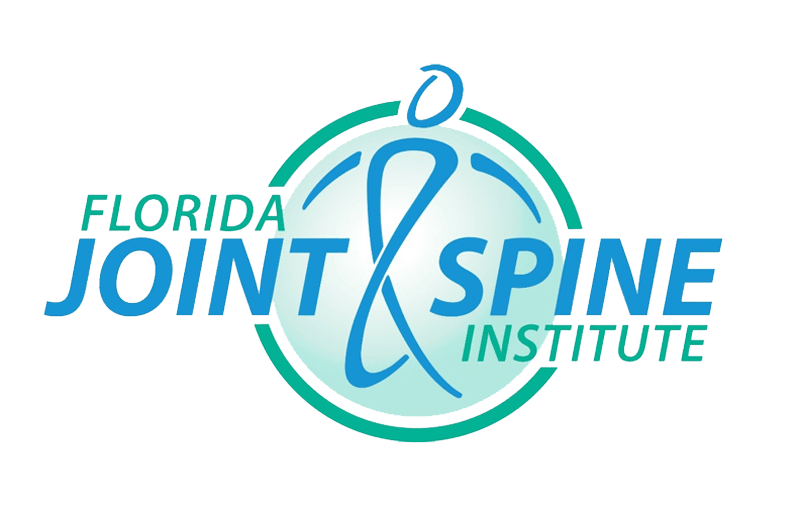
Degenerative disc disease (DDD) occurs when the intervertebral discs lose hydration and elasticity, leading to pain, stiffness, and reduced spinal mobility. While the term “disease” can sound alarming, many patients find meaningful relief by incorporating targeted strengthening and mobility exercises into their daily routine.
A consistent program helps stabilize the spine, offload pressure on aging discs, and improve overall function. Below is a patient-friendly guide to safe, effective movements designed to support a healthy back.
1. Pelvic Tilt
Lie on your back with knees bent and feet flat on the floor.
• Gently draw your belly button toward your spine as you flatten your lower back against the floor.
• Hold for 5 seconds, then relax.
• Repeat 10–15 times.
This exercise activates the deepest stabilizer muscles of the low back and abdomen, creating a foundation for more advanced moves.
2. Cat–Camel Stretch
Come onto hands and knees with wrists under shoulders and knees under hips.
• Arch your spine upward, tucking your chin to your chest (Cat).
• Slowly lower your belly toward the floor and lift your head (Camel).
• Move smoothly between positions for 1–2 minutes.
This gentle mobilization alleviates stiffness and encourages fluid movement through the entire spine.
3. Bird Dog
From the hands-and-knees position, extend your right arm forward and left leg back, keeping hips level.
• Hold for 5 seconds, focusing on a neutral spine.
• Return to start and switch sides.
• Perform 8–10 reps per side.
Bird Dog enhances coordination between core and back muscles, promoting balance and spinal stability.
4. Bridge
Lie on your back with knees bent, feet hip-width apart.
• Press through your heels to lift hips until shoulders, hips, and knees form a straight line.
• Squeeze glutes at the top and hold for 3–5 seconds.
• Lower slowly.
• Repeat 10–12 times.
Bridges strengthen the posterior chain (glutes and hamstrings), which helps unload stress from the lumbar discs.
5. Partial Crunch
Lie on your back with knees bent, feet flat.
• Cross arms over chest and lift shoulders off the floor using abdominal engagement only—avoid pulling on your neck.
• Hold briefly, then lower with control.
• Complete 10–15 reps.
This variation targets the rectus abdominis without excessive lumbar flexion, minimizing disc compression.
6. Hamstring Stretch
Lie on your back and loop a towel or strap behind one foot.
• Keep the opposite knee bent and foot on the floor.
• Gently straighten the lifted leg until you feel a stretch in the back of the thigh.
• Hold for 20–30 seconds, then switch sides.
Tight hamstrings can pull on the pelvis and increase lumbar stress; this stretch aids in restoring normal pelvic alignment.
7. Low-Impact Aerobic Activity
Incorporate 10–20 minutes of cycling, walking on a treadmill, or swimming 3–5 times per week.
Consistent aerobic exercise promotes disc nutrition through increased blood flow and helps maintain a healthy body weight.
Guidelines for Success
- Frequency: Perform core and back exercises 3–4 times weekly, and gentle stretches daily.
- Progression: Start with one set of each movement; gradually increase to two or three sets as tolerated.
- Pain Monitoring: Mild muscle soreness is normal, but sharp or radiating pain is a signal to stop and consult your provider.
- Professional Support: A physical therapist can customize form, resistance, and progression based on your specific disc condition.
By committing to these strengthening and mobility exercises, patients with degenerative disc disease can build resilience in the muscles that support the spine, reduce pain episodes, and enhance daily function. For personalized guidance and hands-on instruction, schedule a rehabilitation consultation at Florida Joint & Spine Institute today.

